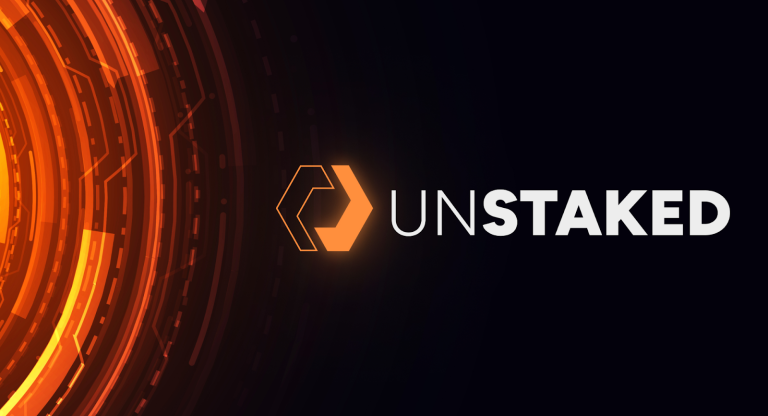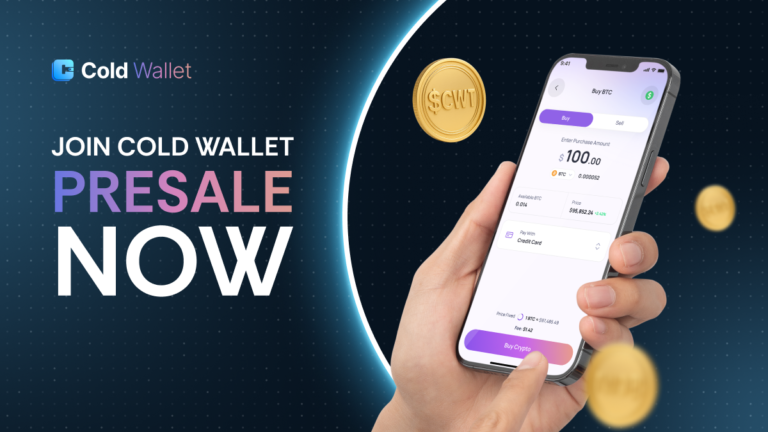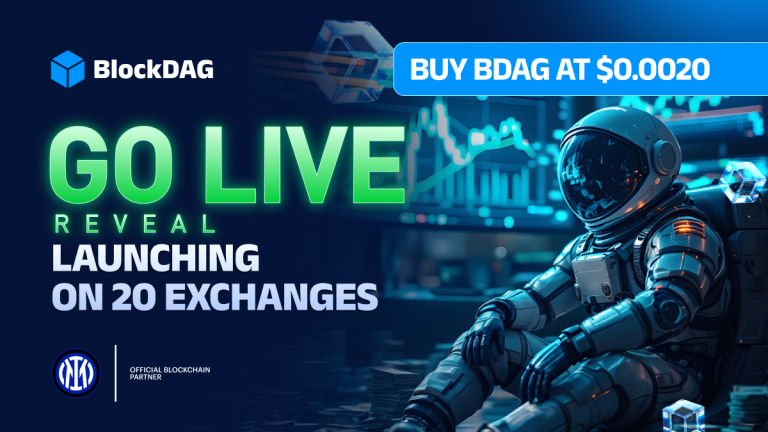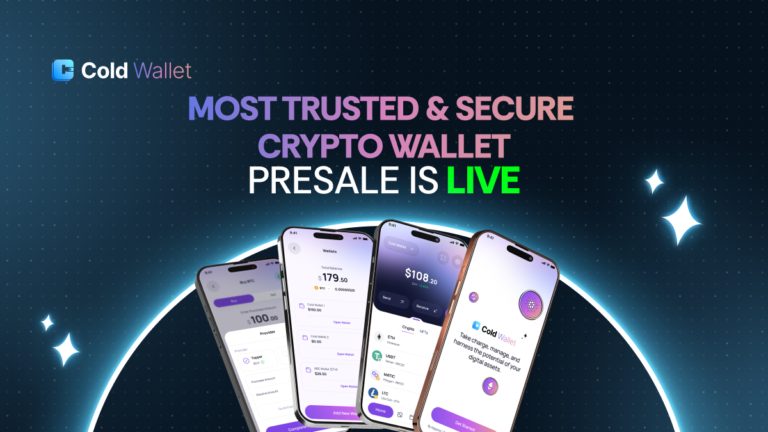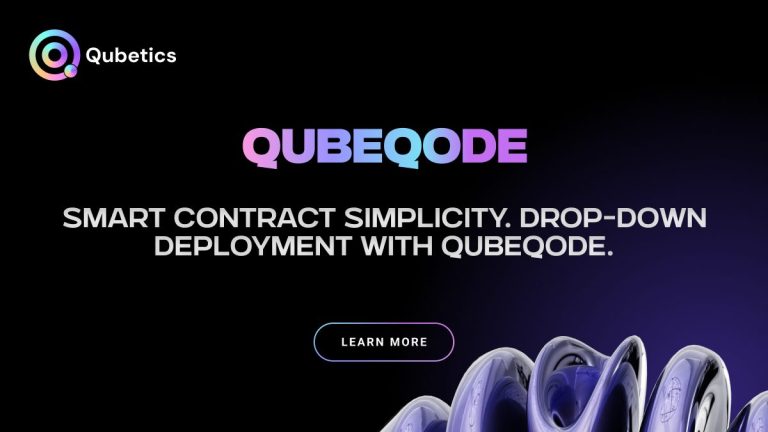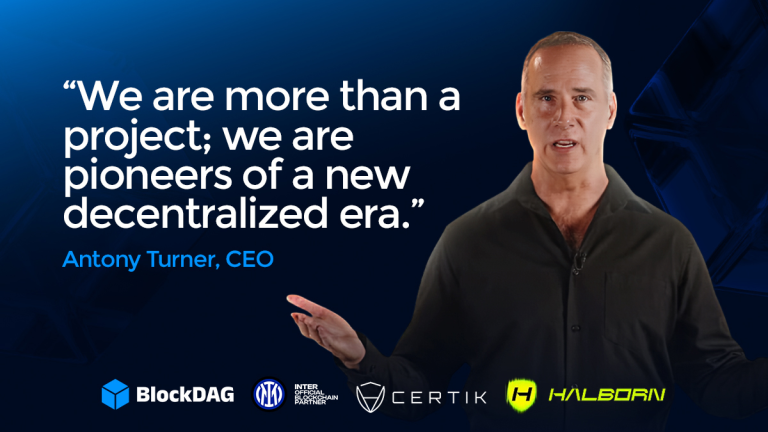BlockDAG Keynote 3 Quick Recap: ETH to BDAG–A Pivotal Change
BlockDAG Keynote 3 Unveils Success: 2,380% ROI and $209.5M Raised—As Ethereum Drops 43.98%, Developers Switch Sides!
Ethereum has long been recognized as the primary platform for developing decentralized applications. However, it’s no longer the sole option. With the evolution of blockchain technology, developers are exploring alternatives that are more scalable, affordable, and secure. BlockDAG is emerging as a formidable competitor.
Ethereum faces challenges with network congestion and high transaction fees. In contrast, BlockDAG’s unique combination of Directed Acyclic Graph (DAG) and Proof of Work (PoW) technologies offers superior transaction speed and cost-effectiveness. BlockDAG (BDAG) also stands out with its strong security protocols and developer-friendly tools, increasingly becoming the go-to choice for those prioritizing efficiency and performance.
Ethereum: A Decade from Start to Current Times
Conceived by Vitalik Buterin in late 2013, Ethereum was unveiled at The North American Bitcoin Conference in Miami in January 2014. It aimed to facilitate smart contracts and decentralized applications (DApps), providing more functionality than Bitcoin. To support its development, Ethereum launched a public crowdsale from July to August 2014, raising over $18 million by selling Ether (ETH) tokens, marking one of the first significant Initial Coin Offerings (ICOs) in the cryptocurrency domain. The Ethereum blockchain officially began operations on July 30, 2015, with its first release, “Frontier.”
Initially, Ether was valued at roughly $2.77 in August 2015. Despite experiencing notable price fluctuations, it maintained a general upward trajectory. In November 2021, ETH reached a peak of about $4,865. As of March 28, 2025, Ether’s price stands at approximately $2,013.18, a sharp decline from its highest point yet a considerable increase from its early price.
Additionally, Ethereum’s market capitalization has undergone significant changes. As of March 26, 2025, its market cap is about $245.93 billion, a 43.98% decrease from the previous year’s $439.03 billion. This drop is mainly due to rising competition from new blockchain platforms and overall corrections in the crypto market. Nonetheless, Ethereum remains the second-largest blockchain by market cap, only trailing Bitcoin.
The circulating supply of Ether has also consistently expanded. As of March 26, 2025, the total supply is about 120.65 million ETH, up 0.48% from last year’s 120.07 million. This gradual increase results from the transition in Ethereum 2.0 from Proof-of-Work (PoW) to Proof-of-Stake (PoS), aiming for improved efficiency and sustainability.
Ultimately, Ethereum’s impact goes beyond mere statistics; its revolutionary developments in blockchain technology have enabled myriad decentralized finance (DeFi) applications, non-fungible tokens (NFTs), and smart contracts, cementing its role as a foundational element of Web3 and the decentralized internet.
Choosing BlockDAG Over Ethereum: A Developer’s Perspective
As blockchain technology progresses, more developers are choosing BlockDAG over Ethereum due to several important factors. Scalability is a major reason for this change. Ethereum often faces bottlenecks during high usage times, whereas BlockDAG’s hybrid system (DAG + PoW) handles thousands of transactions per second, maintaining both speed and security. This efficiency makes BlockDAG a preferred choice for those aiming to develop high-performing applications.
Cost also influences the decision. During periods of network congestion, Ethereum’s fees can become prohibitively high. BlockDAG’s structure helps keep transaction costs low and stable, which is especially beneficial in environments that handle a large volume of transactions.
In terms of tools for developers, BlockDAG provides an array of easy-to-use resources. Its Integrated Development Environment (IDE) and Token Creation Wizard allow developers to start new projects with less coding required. Ethereum’s tools are comprehensive but can be complex and daunting for newcomers, lacking the streamlined interfaces that BlockDAG offers.
Security considerations are critical as well. While Ethereum has faced several significant security challenges, BlockDAG’s architecture minimizes potential security risks through parallel block validation and strong cryptographic measures, emphasizing security from the outset.
Community support is another crucial element. BlockDAG’s active and expanding developer community is energized by strong crypto presale, which have raised $209.5 million across 27 batches. With an ROI of 2,380% since the first batch and more than 19 billion coins sold at the current price of $0.0248, the momentum behind BlockDAG is clear. Developers are drawn to the technology and the robust ecosystem and support network that accompany it.
The Evolution of Blockchain Choices: The Advantages of BlockDAG
As the blockchain field grows, developers are evaluating their options based on scalability, affordability, security, and community engagement. Ethereum has played a pivotal role in blockchain development, but now often falls short due to high costs and network congestion. BlockDAG offers solutions to these issues with its modern architecture, reduced transaction fees, and enhanced security features. The platform not only makes it easier for developers to work with its comprehensive tools and strong community but also stands out as a system tailored to meet current development demands, fostering more effective and secure applications for the future.
Presale: https://purchase.blockdag.network
Website: https://blockdag.network
Telegram: https://t.me/blockDAGnetworkOfficial
Discord: https://discord.gg/Q7BxghMVyu
| Disclaimer: The text above is an advertorial article that is not part of bitcoininfonews.com editorial content. |

